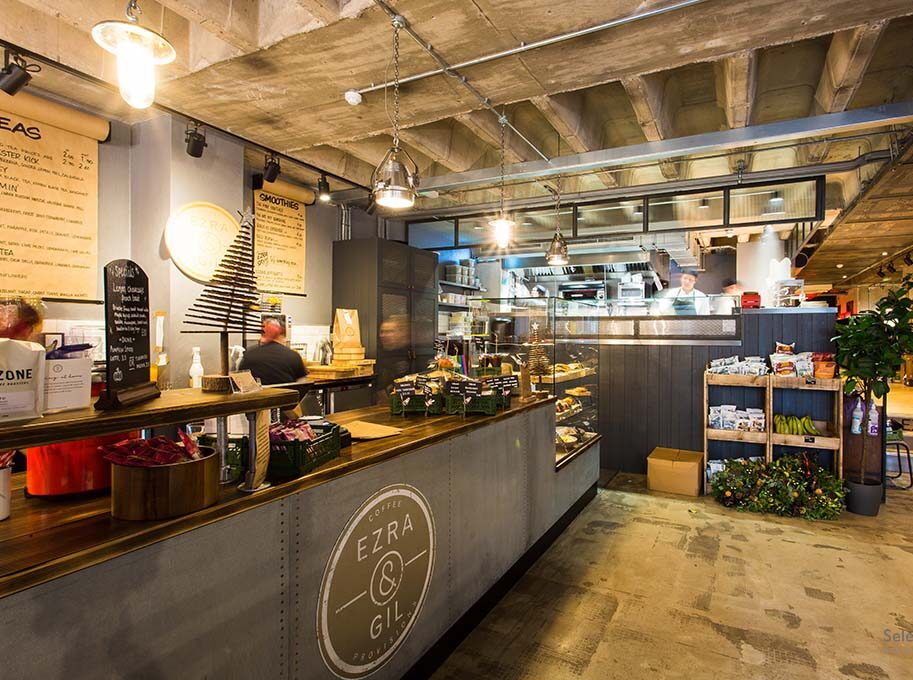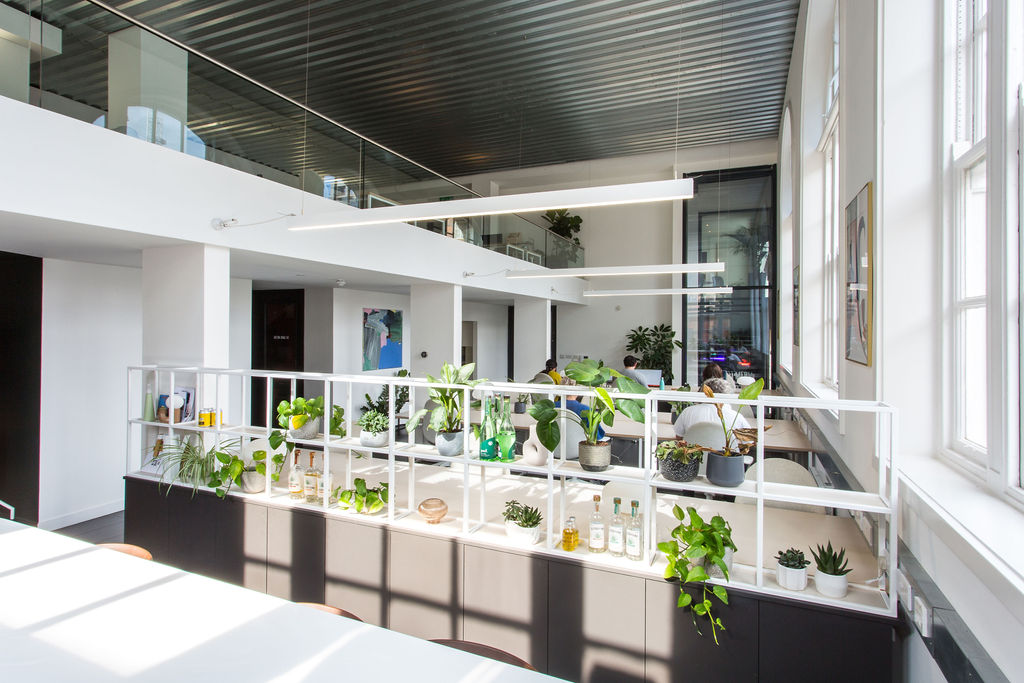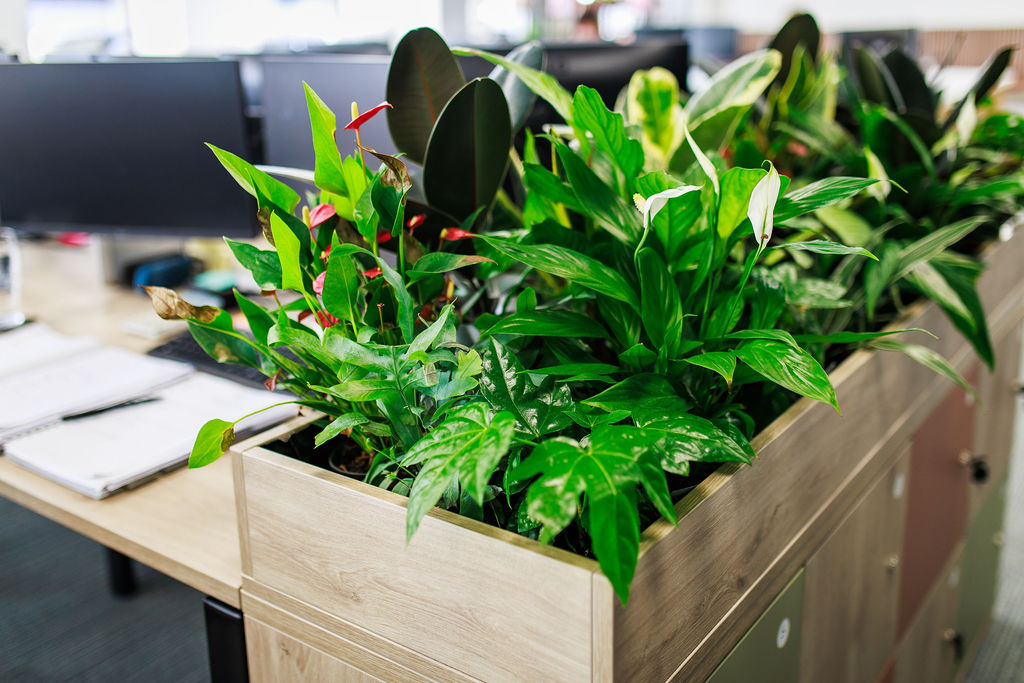The way we work has seen a seismic shift over the past few years, with remote and hybrid models becoming the norm. But as we settle into 2025, one big question looms: Is the traditional office space making a comeback?
While some companies are doubling down on office mandates, others are championing the flexibility of remote work. This debate isn’t just about where we work; it’s also about how we design and use our office spaces to suit evolving needs.
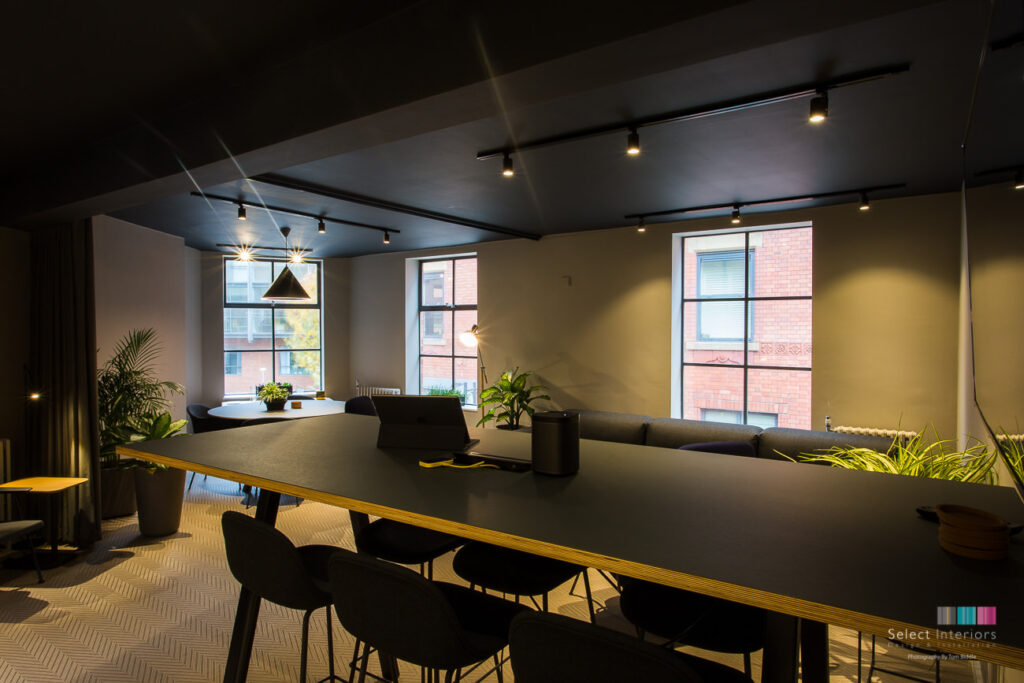
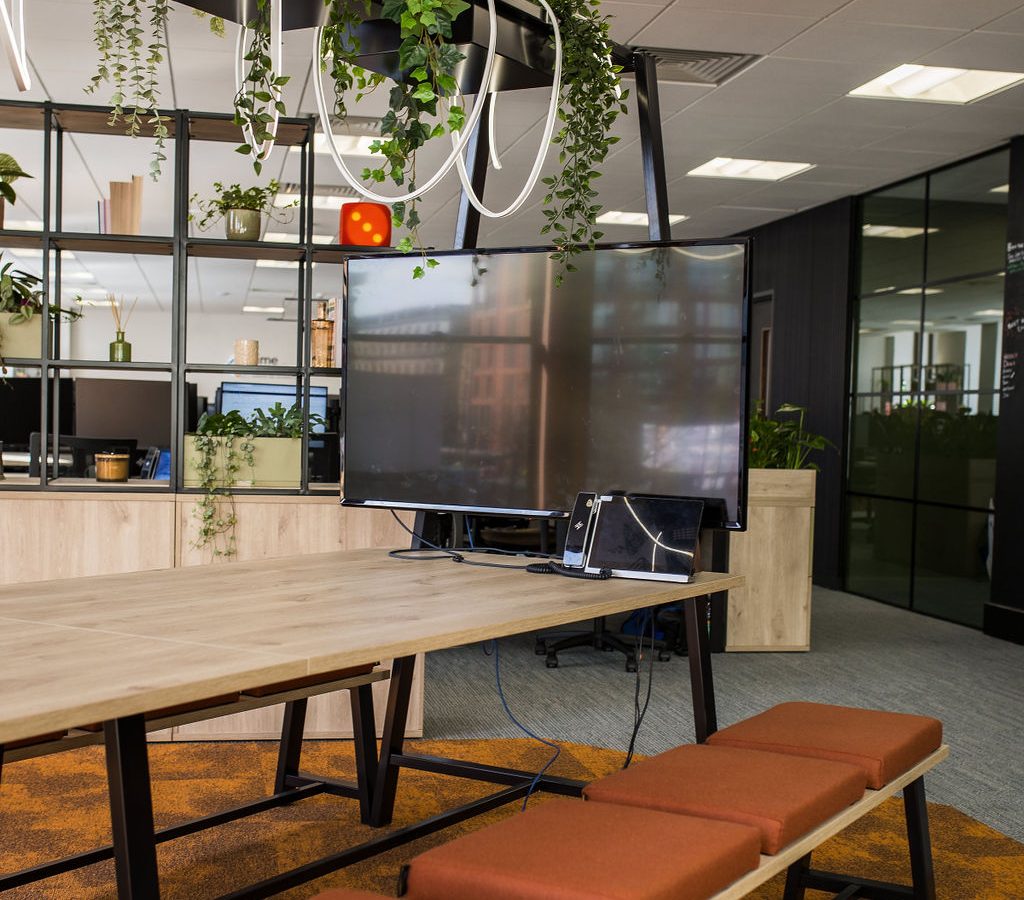
The push to return: Corporate moves and mandates
Several high-profile companies have made headlines with new policies requiring employees to return to the office. For example, WPP, the global advertising giant, recently mandated four office days per week, with two specific Fridays each month set as mandatory. Tech heavyweights like Amazon, Meta, and Apple have also introduced similar return-to-office policies, often citing benefits like enhanced collaboration, improved innovation, and stronger company culture.
These decisions reflect a desire to rebuild the energy and connection often found in shared physical spaces. Proponents of this approach argue that in-person collaboration leads to more spontaneous creativity and stronger team bonds, something that can be difficult to replicate over video calls.
The case for staying remote
On the other side of the spectrum, companies like Spotify have taken a radically different approach. With campaigns like “Our employees aren’t children,” Spotify has positioned itself as a leader in employee autonomy, emphasising trust and flexibility.
Statistics reveal a clear trend: employees value the freedom to choose how and where they work. According to recent data, 41% of UK workers engage in remote work at least part of the week, with a significant 85% of those workers preferring hybrid models. This shift isn’t just about convenience; it’s about empowering employees to achieve better work-life balance and higher productivity.
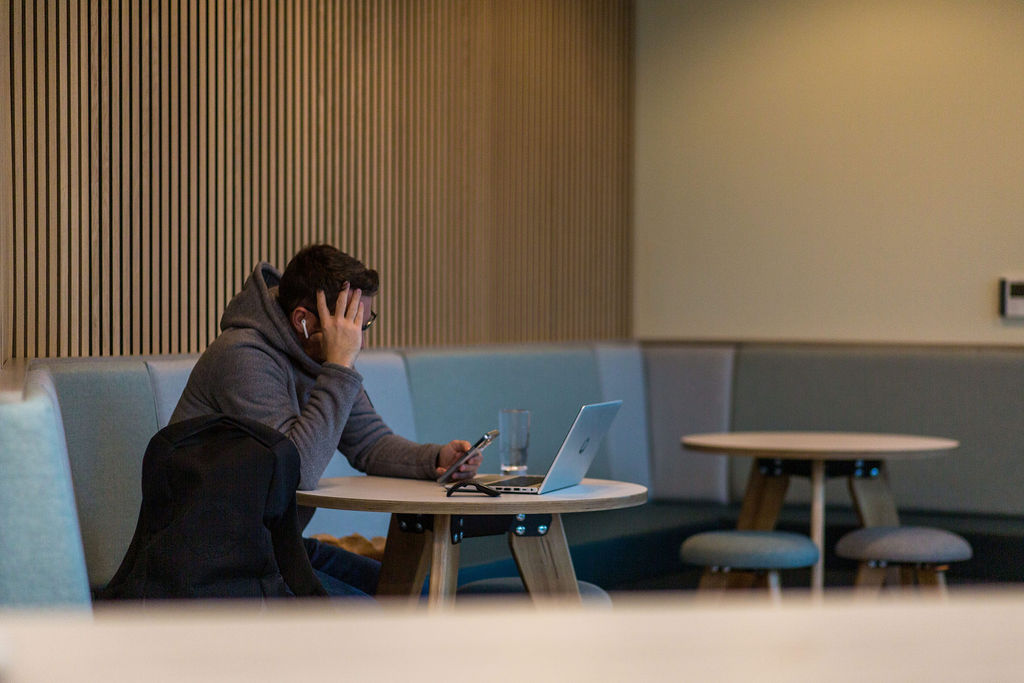
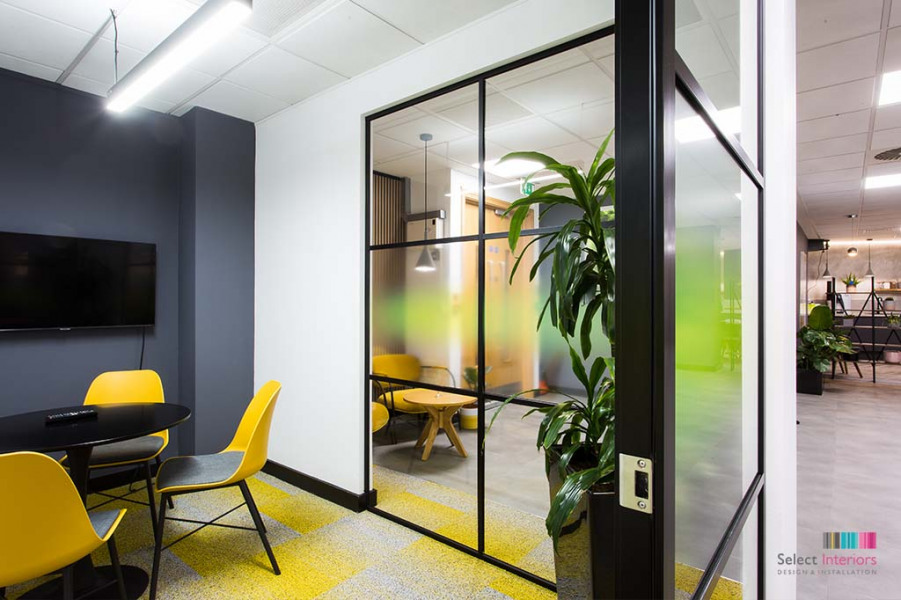
Trends in the office space landscape
The modern workplace is anything but uniform. Regional, generational, and industry-specific differences paint a diverse picture of how we work today. For instance, younger professionals often favour in-office roles to gain mentorship and hands-on learning, while older employees tend to prefer the flexibility of remote setups. Meanwhile, certain industries—like finance and legal—still lean towards more traditional office structures, while tech and creative sectors are leading the charge in hybrid and remote models.
Interestingly, these differences also impact office space design. Companies are reimagining their layouts to create multifunctional environments that support both collaborative and independent work. From hot-desking zones to wellness areas, the office of 2025 is all about flexibility and purpose-driven spaces.
Benefits of returning to the office
For many organisations, the return to the office offers distinct advantages. In-person collaboration often fosters spontaneous creativity and faster problem-solving, elements that can sometimes feel stifled in a fully remote environment. Teams working side by side tend to communicate more fluidly, build stronger relationships, and contribute to a vibrant company culture.
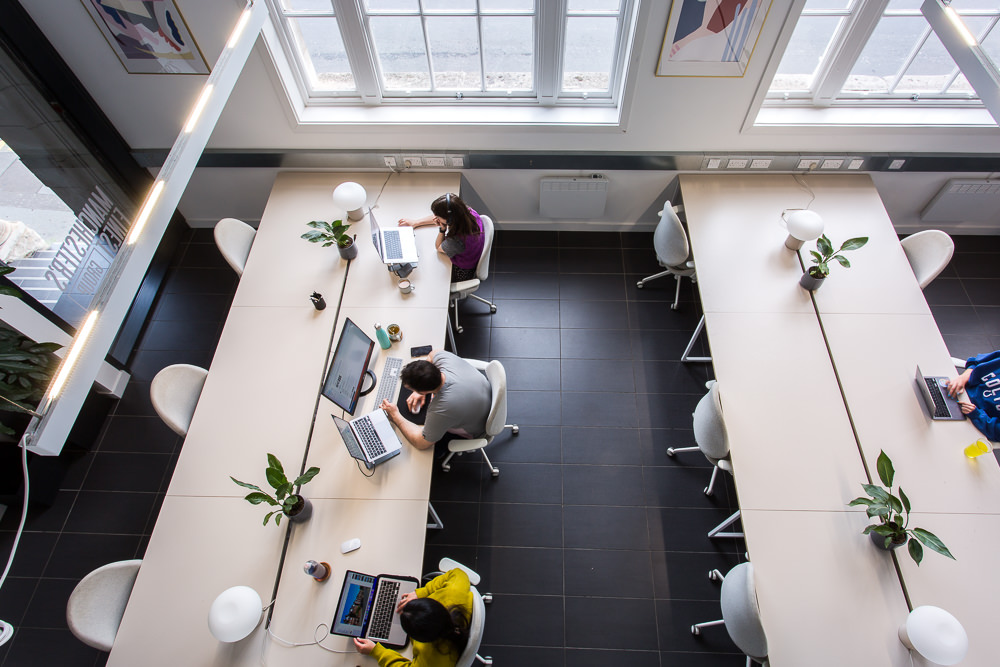
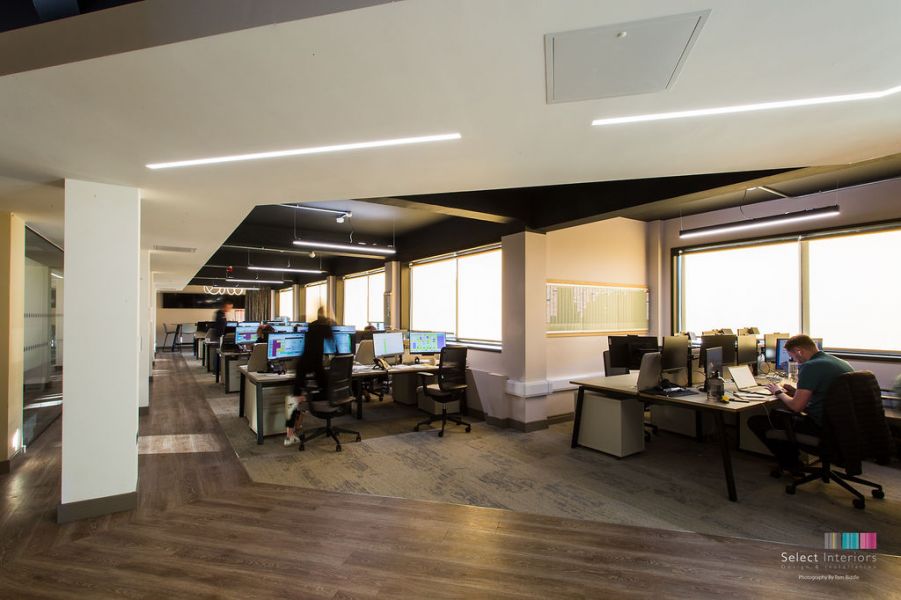
Additionally, office spaces play a vital role in mentoring and professional development, particularly for younger employees. Learning by observing, asking questions, and engaging with colleagues in real time creates opportunities that are difficult to replicate through virtual interactions. For companies focused on long-term growth, nurturing talent in-office remains a priority.
Another significant factor is the role of the office in establishing a clear boundary between work and personal life. For some employees, the structure and routine of commuting to a physical workplace can help improve focus and productivity.
The downsides of an office-only model
While there are undeniable benefits to in-office work, rigid return-to-office mandates aren’t without challenges. For employees, the daily commute can be time-consuming, costly, and stressful. It’s also a factor that weighs heavily on businesses aiming to reduce their carbon footprint and embrace sustainable practices.
The risk of alienating employees is another consideration. Many workers who have grown accustomed to the flexibility of remote or hybrid work may view mandatory office attendance as a step backwards, potentially affecting morale and retention.
For businesses, there’s also the financial strain of maintaining office spaces that might not be fully utilised. Without a carefully considered office space design, businesses may find themselves shouldering costs without rea
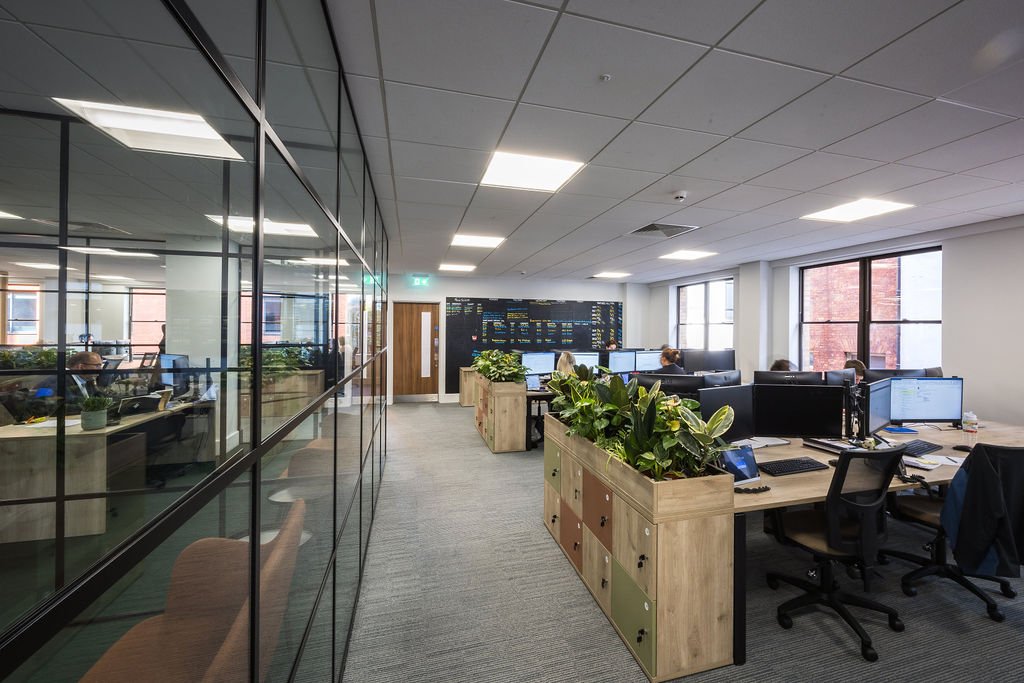
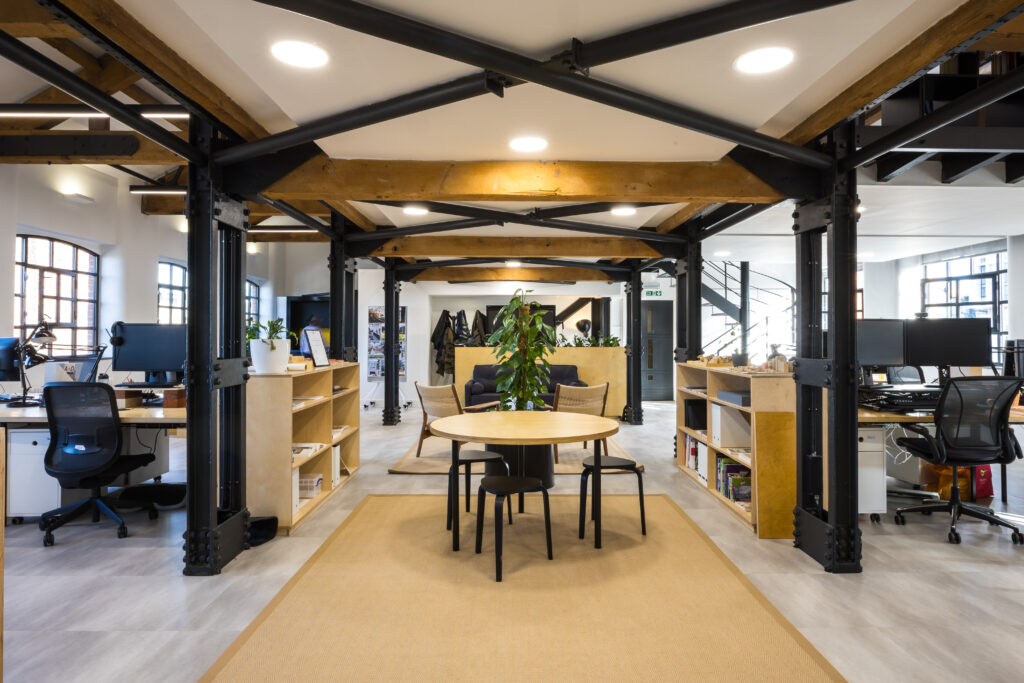
Hybrid work: The middle ground
Hybrid work models have emerged as the most popular solution for organisations seeking to balance the needs of employees and business goals. By allowing teams to split their time between the office and remote locations, hybrid models combine the best of both worlds.
One of the key advantages of hybrid work is flexibility. Employees can choose when to come into the office, tailoring their schedules around collaboration opportunities or personal preferences. This flexibility also helps companies attract top talent, as many professionals now view hybrid work as a non-negotiable perk.
From an office space design perspective, hybrid work has driven innovation. Businesses are reconfiguring their spaces to include collaborative zones, quiet work areas, and shared amenities. By investing in multifunctional, adaptable layouts, companies can make the office an appealing destination rather than a mandatory requirement.
Technology’s role in the 2025 office space
Technology continues to be a driving force in shaping the workplace. Tools like AI, virtual collaboration platforms, and cloud-based systems have made it easier than ever for employees to work from anywhere. However, technology also plays a crucial role in making office spaces more efficient and connected.
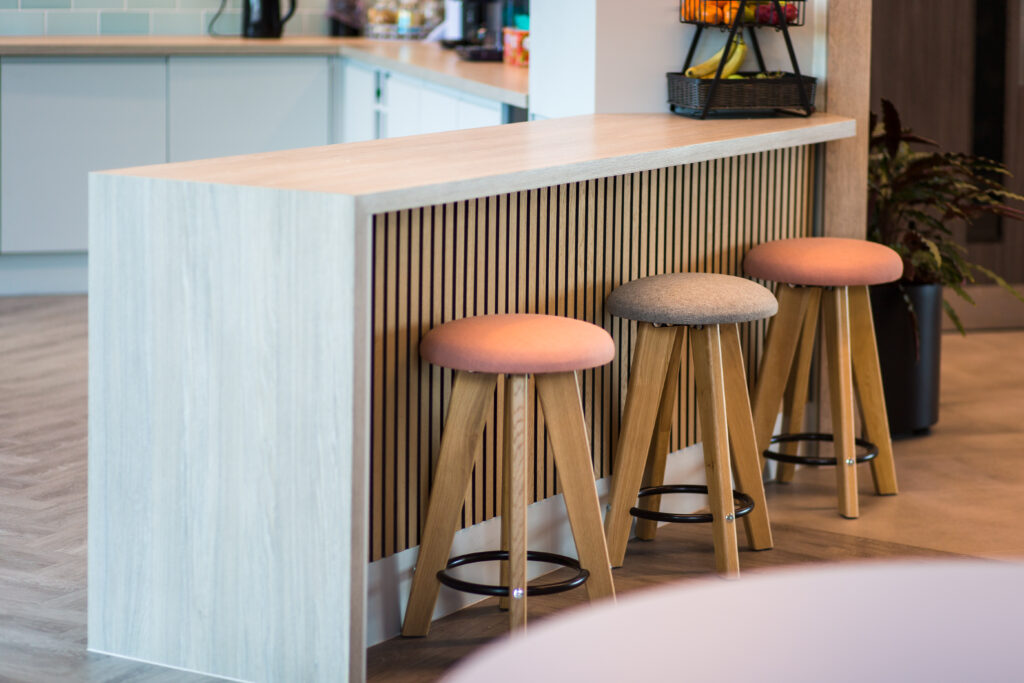
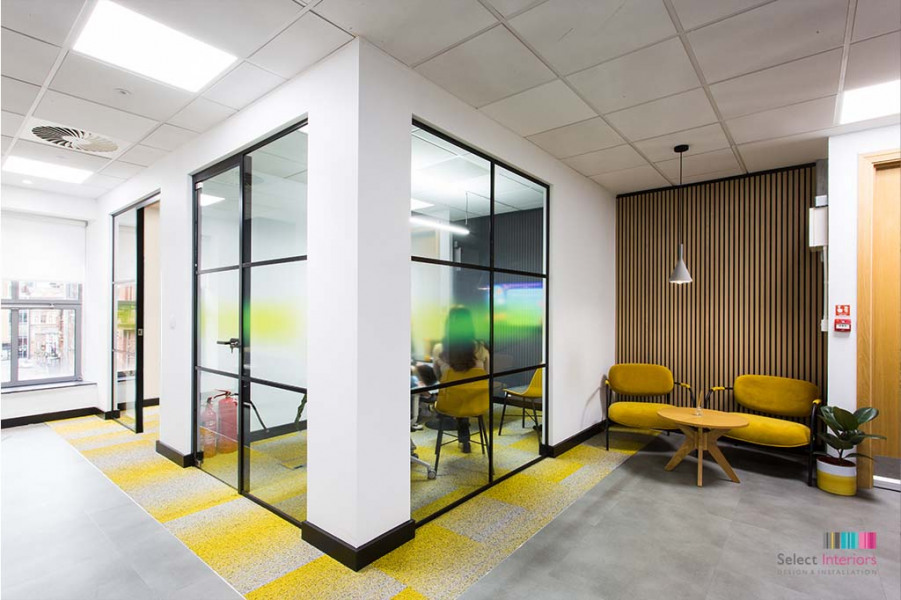
For instance, smart office solutions such as booking systems for desks and meeting rooms help optimise space usage in hybrid workplaces. Video conferencing technology, high-speed internet, and digital whiteboards ensure seamless collaboration between remote and in-office employees.
Beyond functionality, businesses are also using technology to create a more engaging office experience. From virtual reality tools for training to AI-driven wellness solutions, innovation is helping bridge the gap between traditional office setups and the expectations of a modern workforce.
What’s coming in your office space
As we move further into 2025, the debate over returning to the office highlights a pivotal moment for businesses and employees alike. While some organisations are rekindling the traditional workplace, others are embracing the flexibility of hybrid and remote models. The reality is that there’s no one-size-fits-all solution—what works for one company may not suit another.
For businesses, the key is adaptability. Companies can create environments that foster collaboration, innovation, and satisfaction by listening to employees and aligning workplace strategies with operational goals. Office space design will continue to play a critical role in this evolution, transforming spaces into hubs of connection and creativity rather than mere places of work.
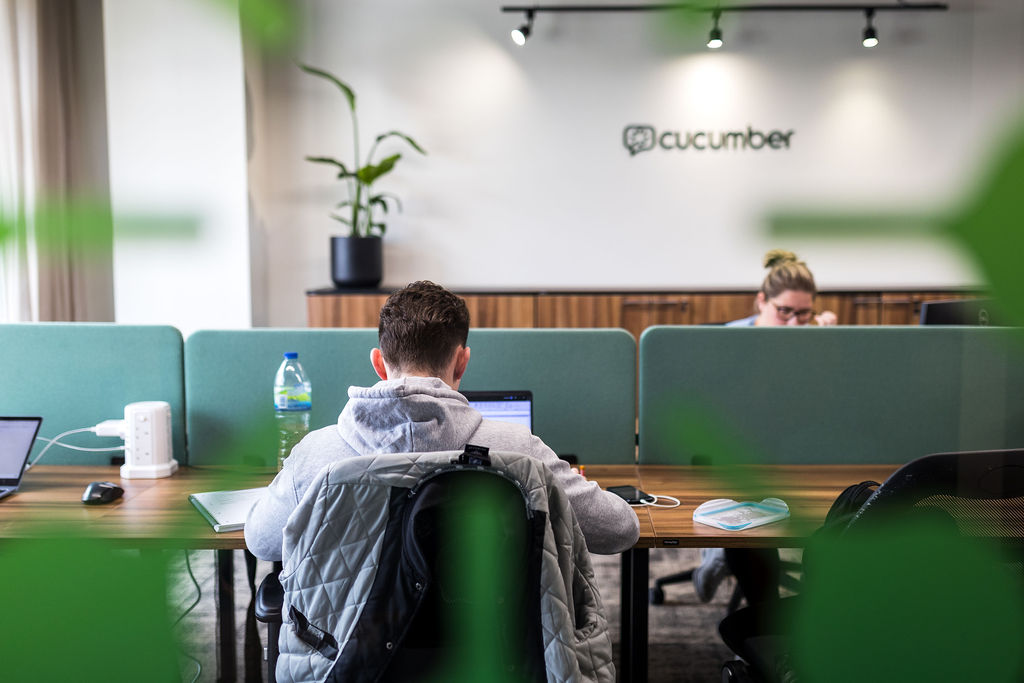
Ultimately, the workplace of the future is about balance: between flexibility and structure, autonomy and teamwork, and technology and human connection. By embracing this balance, businesses can not only thrive but also position themselves as leaders in the ever-evolving world of work.
Contact us today and let’s create your dream office.

